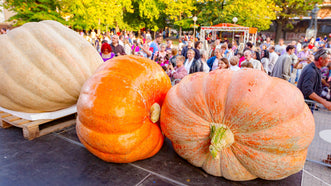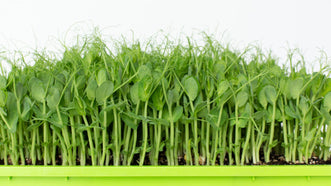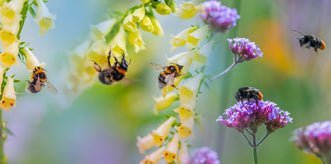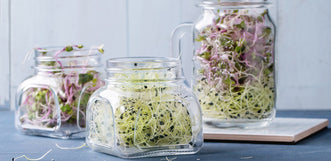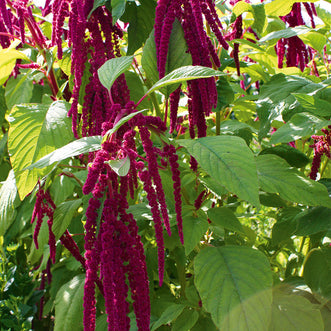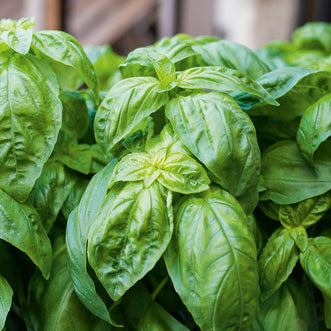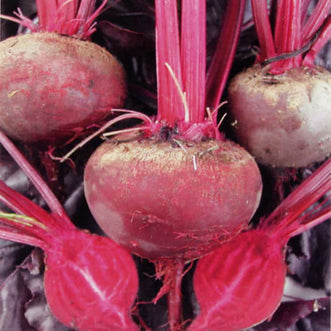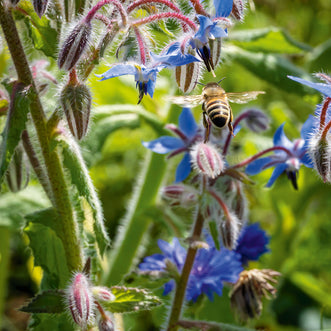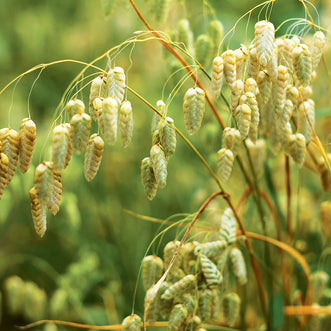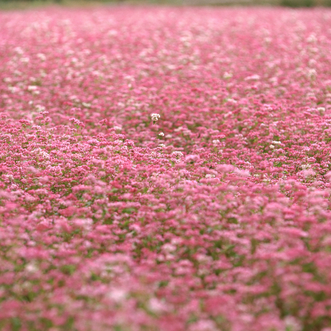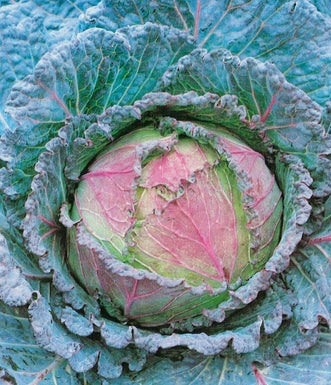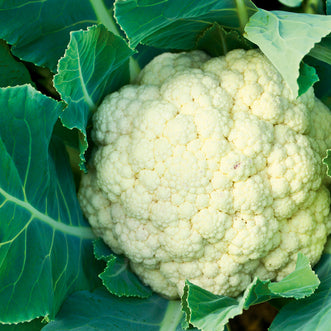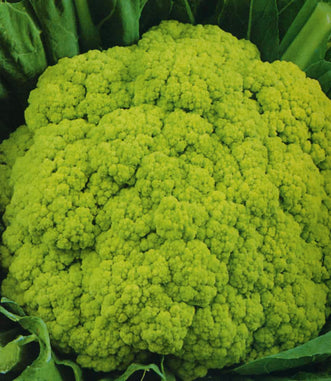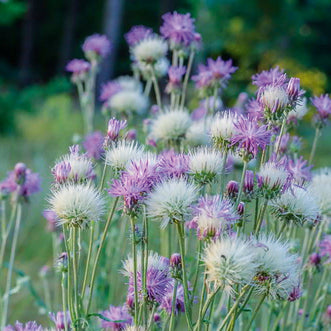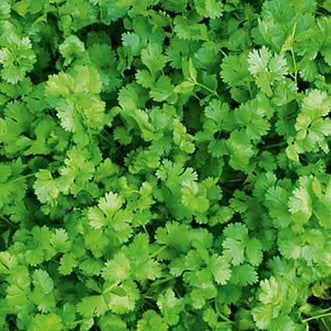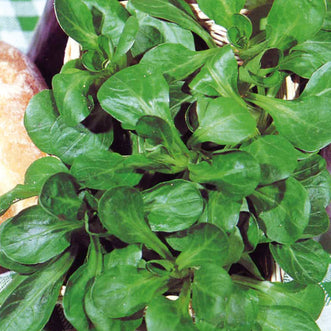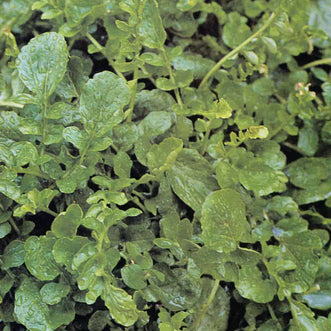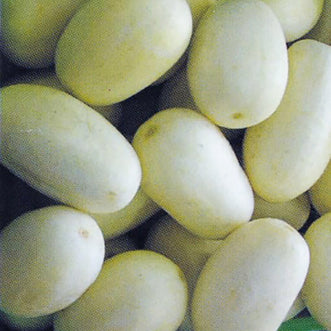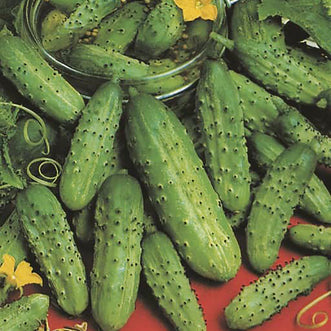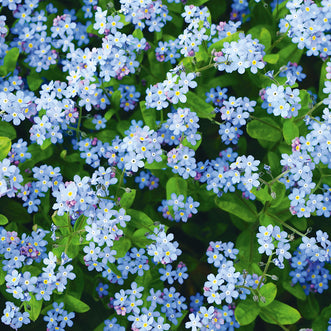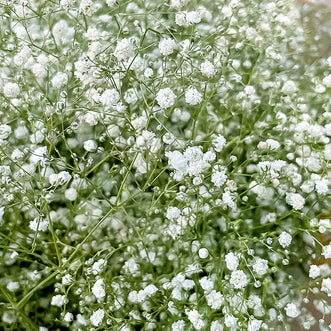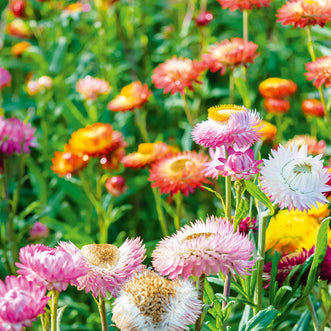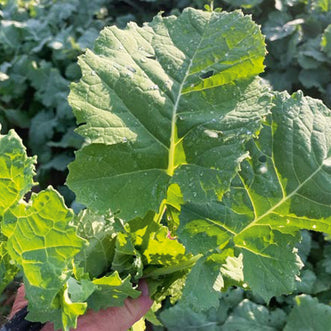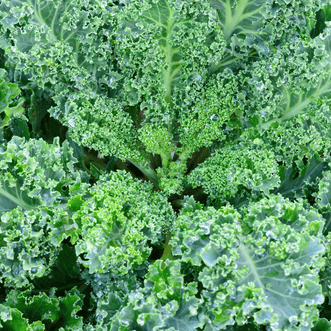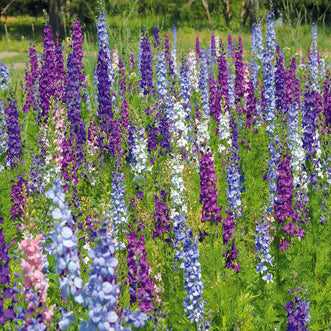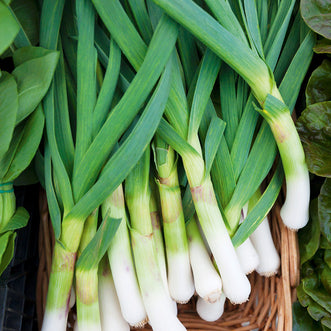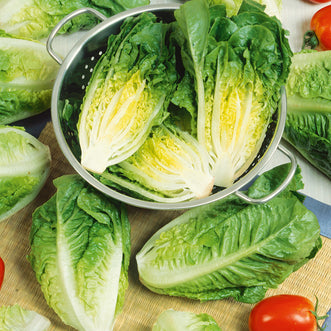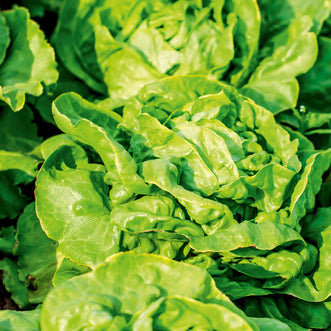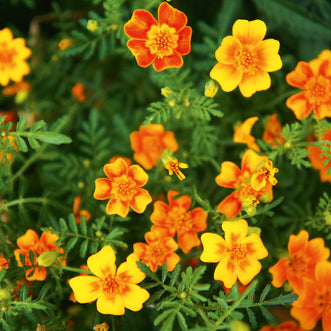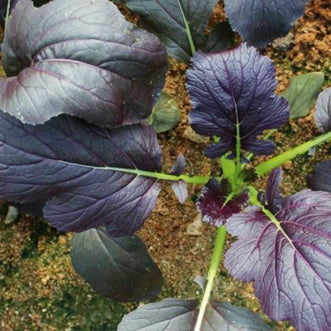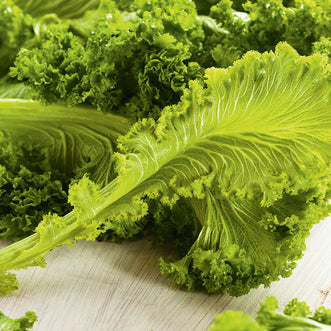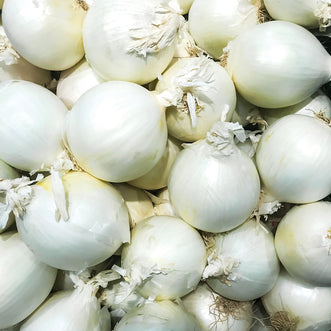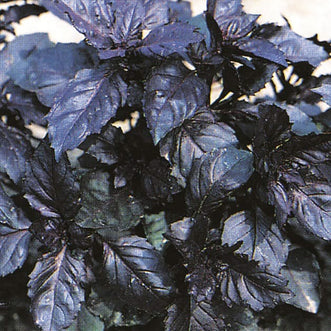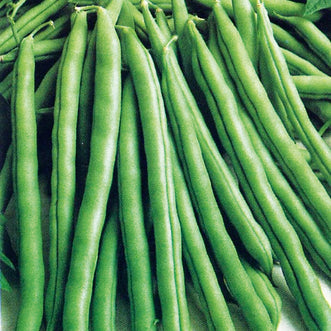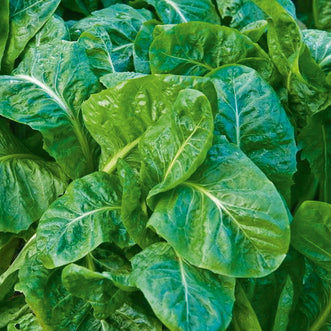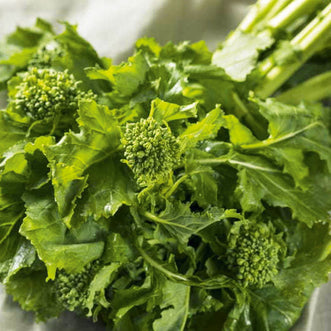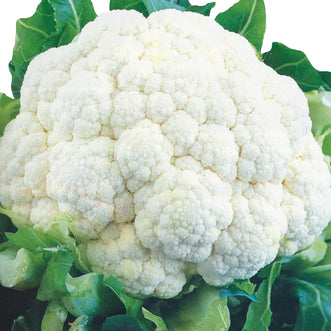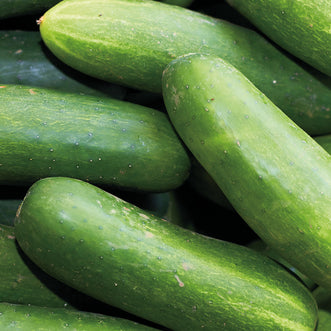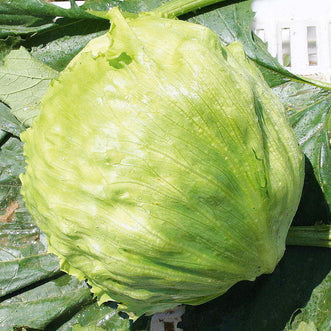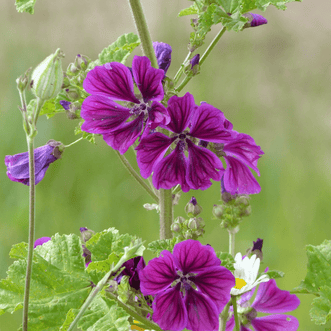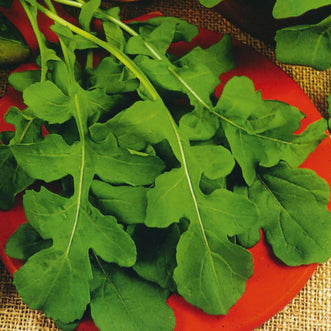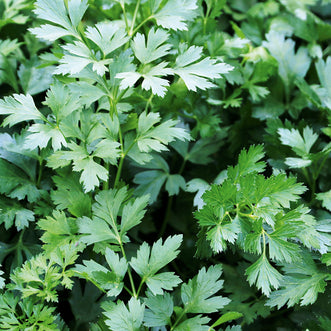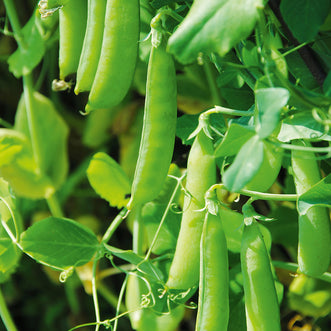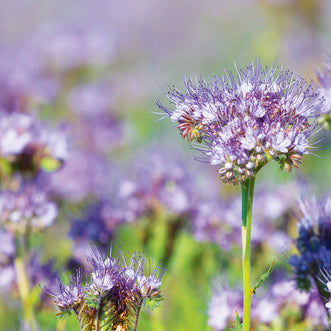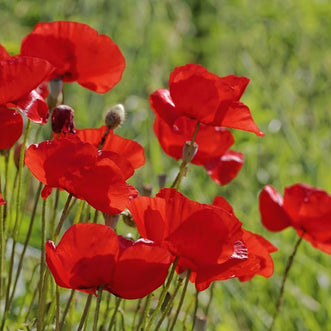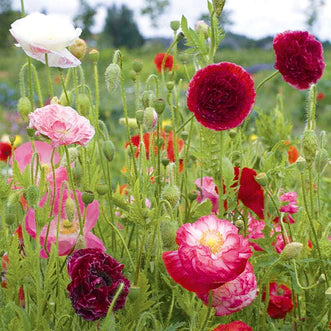Regenerative Gardening

You’re probably hearing the word "regenerative" a lot these days, in conjunction with many aspects of farming and agriculture, but it’s a term that’s actually been around for over 80 years...
The term was first coined in the early 1940s by an American, Robert Rodale, who was what you'd call an Organic farmer these days. He was looking at ways to repair the huge amount of damage done to the rural farming areas of the Midwest by over-cropping, wind erosion and depleted soil life.
Previously, the soil had great structure, was rich in humus and microbial life and had great moisture retention properties. But repeated monocultural farming, high usage of nitrate fertilizers along with pesticide application and constant rotary hoeing thrashed the soil to bits - allowing it to dry out and literally blow away in the billions of tonnes. States like Kansas and Oklahoma became known as the Dust Bowl States.

Mr Rodale surmised that, to correct this imbalance, what had to be done was exactly the opposite to what had caused the damage. So, he incorporated a range of techniques based on traditional farming practices and key biodiversity strategies which included:
- Growing cover crops on fallow ground to keep the soil covered so the wind didn’t blow it away.
- Decreasing, or even totally eliminating, the tillage of the soil that in the past had broken up its structure, created hardened pans in the subsoils and minced up beneficial soil dwellers like worms.
- Rotating crops so that the same species wasn’t grown in the same ground year after year.
- Leaving plant debris on the surface to rot down into mulch thus increasing the humus rich topsoil and allowing soil dwelling insects to freely burrow through it all and aerate the soil zones.
- Reducing nitrate based fertilizer. Instead making use of naturally occurring animal manure which, in partnership with the mulch, also increases microbial life and water holding abilities - vital in times of drought or even long dry summers. Reducing nitrate fertilizers also improves the quality of water leeching through the soil and its run-off into our waterways.
These ideas all make perfect sense and when you add a few other practices that benefit life above the ground then you have a concept we can all relate to - Regenerative Gardening.

So where do you start?
First and foremost, improve the drainage from your garden. It's easy to add water - a lot harder to get rid of it.
Digging a drain or putting in a subsoil run-off system or raising the height of beds from the surrounding ground are all great ways to start.
Dig in or incorporate as much green manure, in the form of well rotted plant matter and animal manure, as you can get hold of. You don’t need to rotary hoe this in, just turn it in - leaving it to rot down itself will suffice. Your local worm population will greatly improve in numbers and help you do this as well.
Increased humus matter will give your soil better water holding capacity, higher microbial and beneficial fungi and bacteria levels and encourage earth boring insects like worms to aerate it.
Leaf and plant litter left on the surface can inhibit weeds and lessen erosion from the wind and sun.
Plan on growing and rotating your crops in different sites each season so that you avoid building up pests and diseases specific to that plant.

If you’re not using parts of your garden or want to give them a rest between crops, try sowing a green manure crop that can be dug in prior to it flowering. This will add valuable humus to your soil. Legumes like Lupins, annual Clover, Vetch and Peas are great for this.
Alternate sites where you bury your kitchen waste - but avoid meat and bread scraps which only encourage rodents and household pets to dig it back up.
Getting the pH right in your soil will make the nutrients present more readily available to your crop, a bit like adding sugar or salt to your food to enhance the flavour.
Avoid or minimize the use of residual chemicals and pesticides that could get into the food chain and learn about what withholding periods mean on the labels.
The horticulture industry uses a system called Integrated Pest Management where they monitor and count bad insect numbers on a crop before considering whether they are sufficient in numbers to have reached an economical threshold needing action.
And above the ground, sow some plants rich in pollen or nectar that will attract and host beneficial insects allowing nature to work for you rather than you working against it. There are many plants that offer these qualities and some that also double as excellent green manure crops like Phacelia and Buckwheat over the warmer months.




